With the rapid development of global medical technology, medical device injection molding, as a key process linking raw materials and end products, is undergoing unprecedented transformations. From automated production to intelligent management, and from miniaturized design to green manufacturing, the future of medical device injection molding will exhibit a trend of multi-dimensional integrated innovation.
Intelligence: Reshaping Production Processes and Quality Control
Intelligent technology is profoundly changing the production model of medical device injection molding. Traditional injection molding machines rely on manual operation, while the new generation of intelligent injection molding machines, by integrating sensors, metering devices, and advanced control systems, achieves full-process automation from mold scanning, material adaptation, to process parameter adjustment. For example, LS Mtron's WIZ-E Plus electric injection molding machine, equipped with a customized module for the medical industry and combined with the CSI4.0 intelligent factory solution, can monitor production data in real-time, automatically adjust process parameters, and optimize molding conditions through AI algorithms, ensuring product weight consistency within ±0.1%. This intelligent production not only improves efficiency but also reduces contamination risks by minimizing human intervention, meeting the stringent requirements for cleanliness and safety in medical devices.
In addition, the application of intelligent inspection and quality traceability systems further strengthens quality control. By embedding technologies such as visual inspection and CT scanning in the injection molding process, enterprises can monitor internal structural defects of products in real-time and achieve full-process traceability from raw materials to finished products. This digital management not only shortens production cycles but also provides technical support for the rapid supply of emergency medical supplies.
Miniaturization: Driving Precision Medicine and Personalized Treatment
Miniaturization is another core trend in medical device injection molding. With the rise of microfluidic technology, wearable devices, and implantable instruments, the market demand for micro-injected parts is surging. For example, Vaxxas' needle-free vaccine patch, developed using micro-injection molding technology, integrates thousands of 200-300 micron-sized microneedle arrays on a stamp-sized silicon substrate, directly delivering vaccine antigens to skin immune cells. This technology not only reduces vaccine dosage to 1/100th of traditional injections but also enables room-temperature transportation without refrigeration, providing a revolutionary solution for global vaccine accessibility.
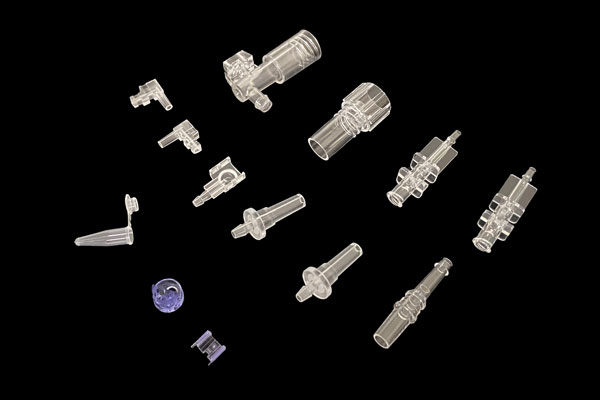
Miniaturization poses higher requirements for injection molding processes. Micro-injection molding needs to control dimensional accuracy within micron-level tolerances while addressing challenges such as material fluidity and mold design. For instance, companies like MTD Micro Molding compress burr tolerances to 0.002-0.003 millimeters by optimizing mold gate structures and adopting high-speed visual inspection systems, ensuring "model-level" quality for micro-components. In the future, with the introduction of robot collaboration and AI-assisted design, micro-injection molding will further break through size limits, promoting the popularization of precision medical devices.
Green Manufacturing: Responding to Environmental Regulations and Sustainable Development
The tightening of environmental regulations and the popularization of sustainable development concepts are driving medical device injection molding towards green manufacturing. On the one hand, the application of biodegradable materials is becoming more widespread. For example, biopolymers such as polylactic acid (PLA) and polycaprolactone (PCL) are gradually replacing traditional plastics in suture lines, bone screws, and other implants, reducing the long-term environmental impact of medical waste. On the other hand, injection molding machine manufacturers are optimizing screw designs and adopting servo drive technologies to reduce energy consumption by 30%-50%. For example, Yizumi's YL-horizontal series rubber injection molding machine reduces energy consumption by 50% through its third-generation energy-saving system while supporting the composite molding of liquid silicone rubber (LSR) and high-temperature vulcanization (HTV) materials, improving resource utilization efficiency.
In addition, the circular economy model is gradually being implemented in the injection molding industry. Enterprises reduce raw material consumption by recycling waste plastics and developing reusable molds; at the same time, modular design enables production lines to quickly switch between product types, reducing trial production costs. This green transformation not only complies with regulatory requirements but also opens up new market opportunities for enterprises.
Future Challenges and Coping Strategies
Despite the promising prospects, medical device injection molding still faces multiple challenges. Technically, the combination of miniaturization and high-precision requirements poses higher demands on mold design and material performance; market-wise, global supply chain fluctuations and raw material price volatility increase cost pressures; regulatory-wise, increasingly stringent global standards for medical devices require enterprises to invest more resources in ensuring compliance.
To address these challenges, enterprises need to focus on three aspects: first, increase R&D investment to promote the deep integration of new technologies such as AI and robotics with injection molding processes; second, build a flexible supply chain to achieve collaborative optimization of raw materials, molds, and equipment through digital platforms; third, strengthen international cooperation, participate in formulating industry standards, and enhance global competitiveness.
Conclusion
The future of medical device injection molding lies in the deep integration of intelligence, miniaturization, and green manufacturing. With continuous technological breakthroughs and market expansion, this field will bring more innovative solutions to human healthcare. For enterprises, seizing the opportunities of technological change and building sustainable competitiveness will be the key to winning the future.
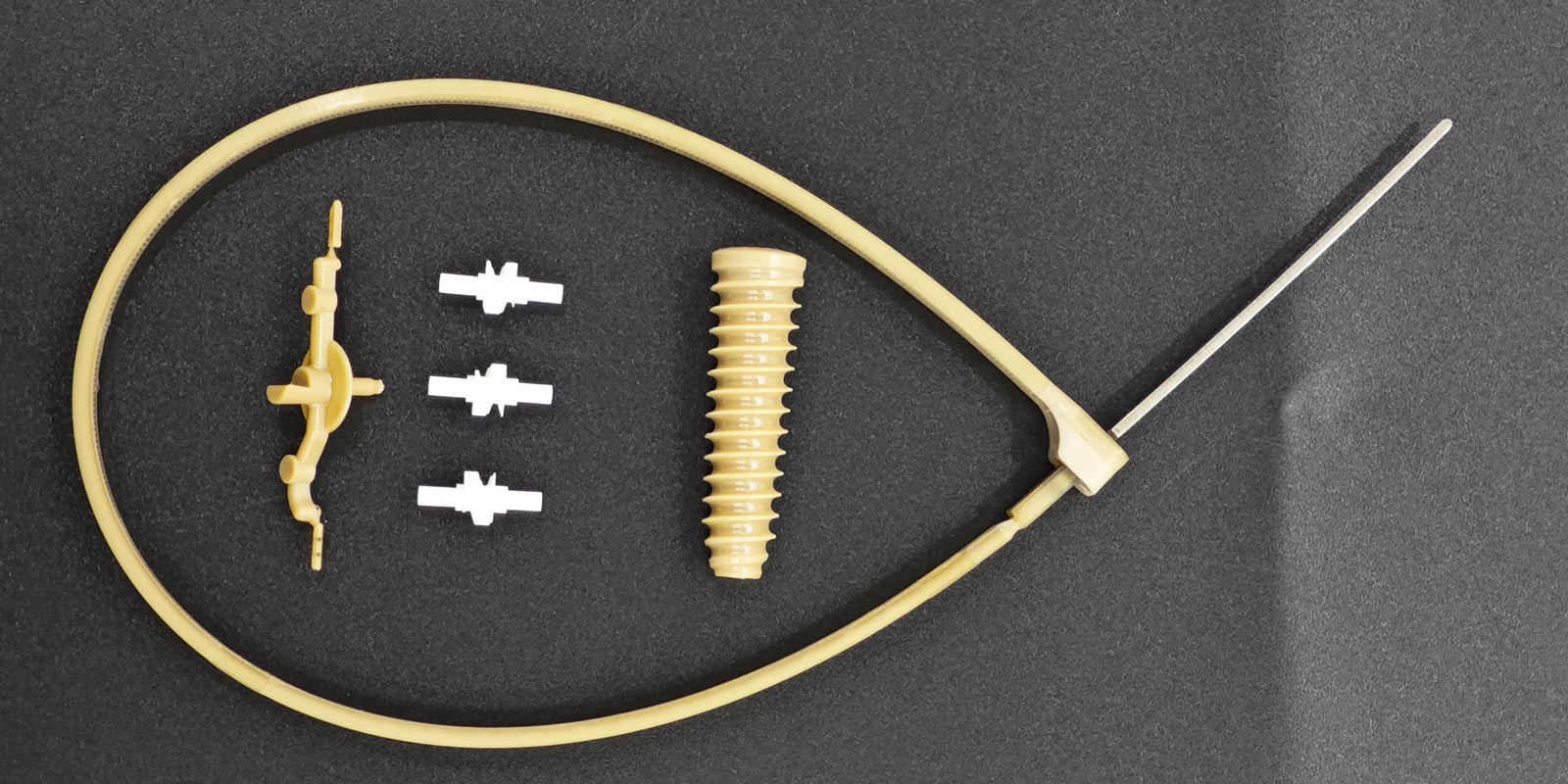
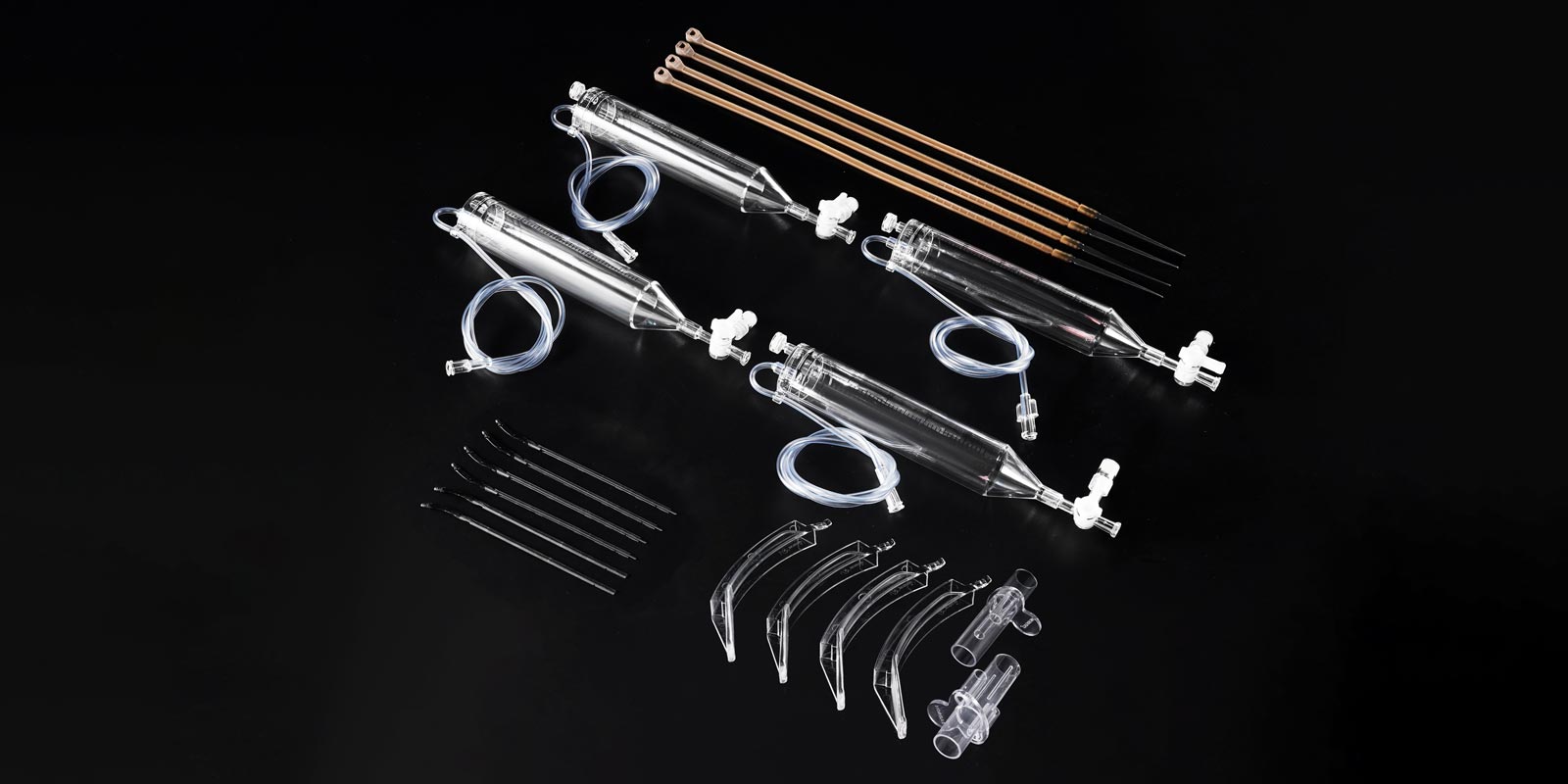
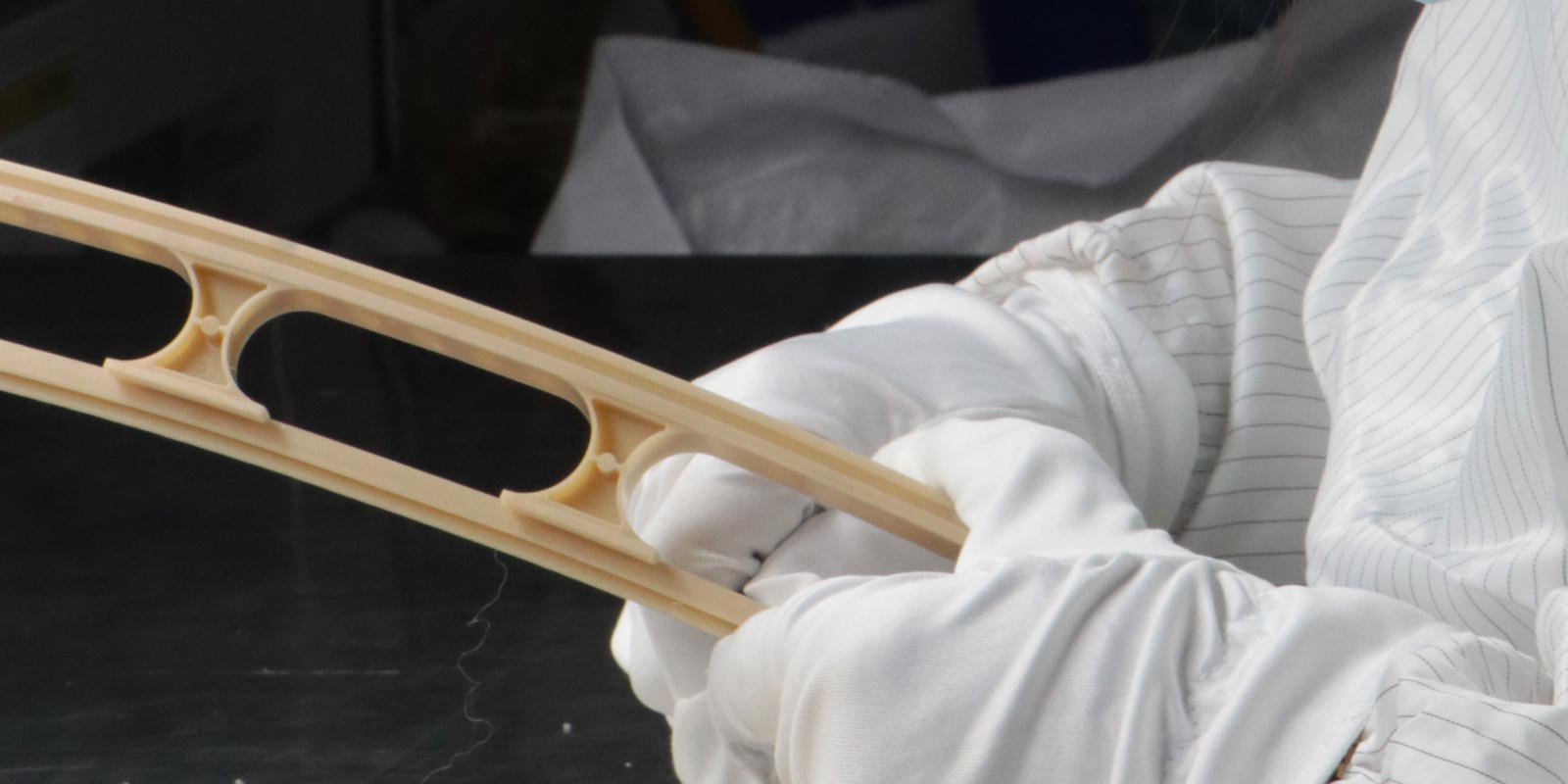
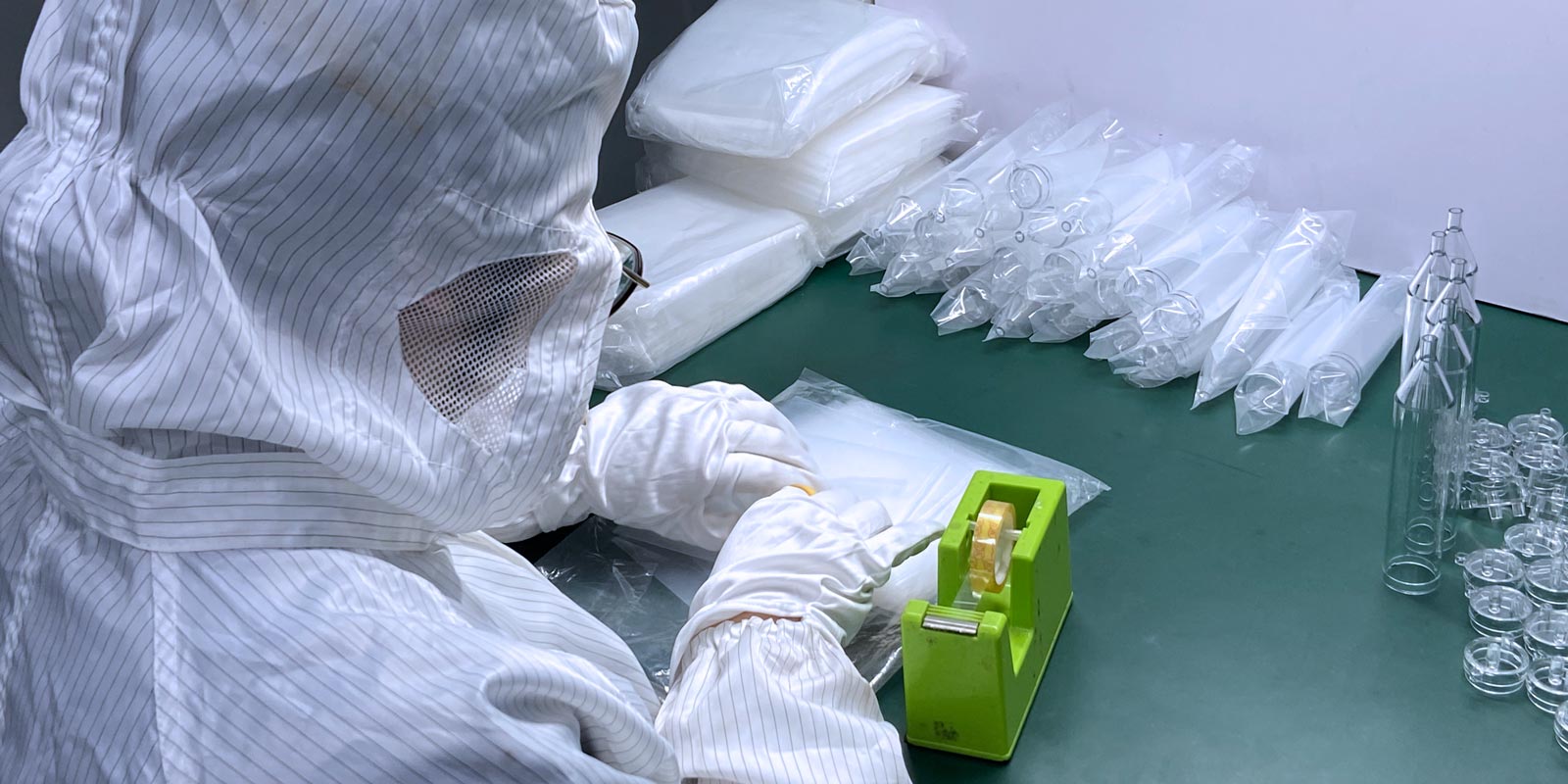
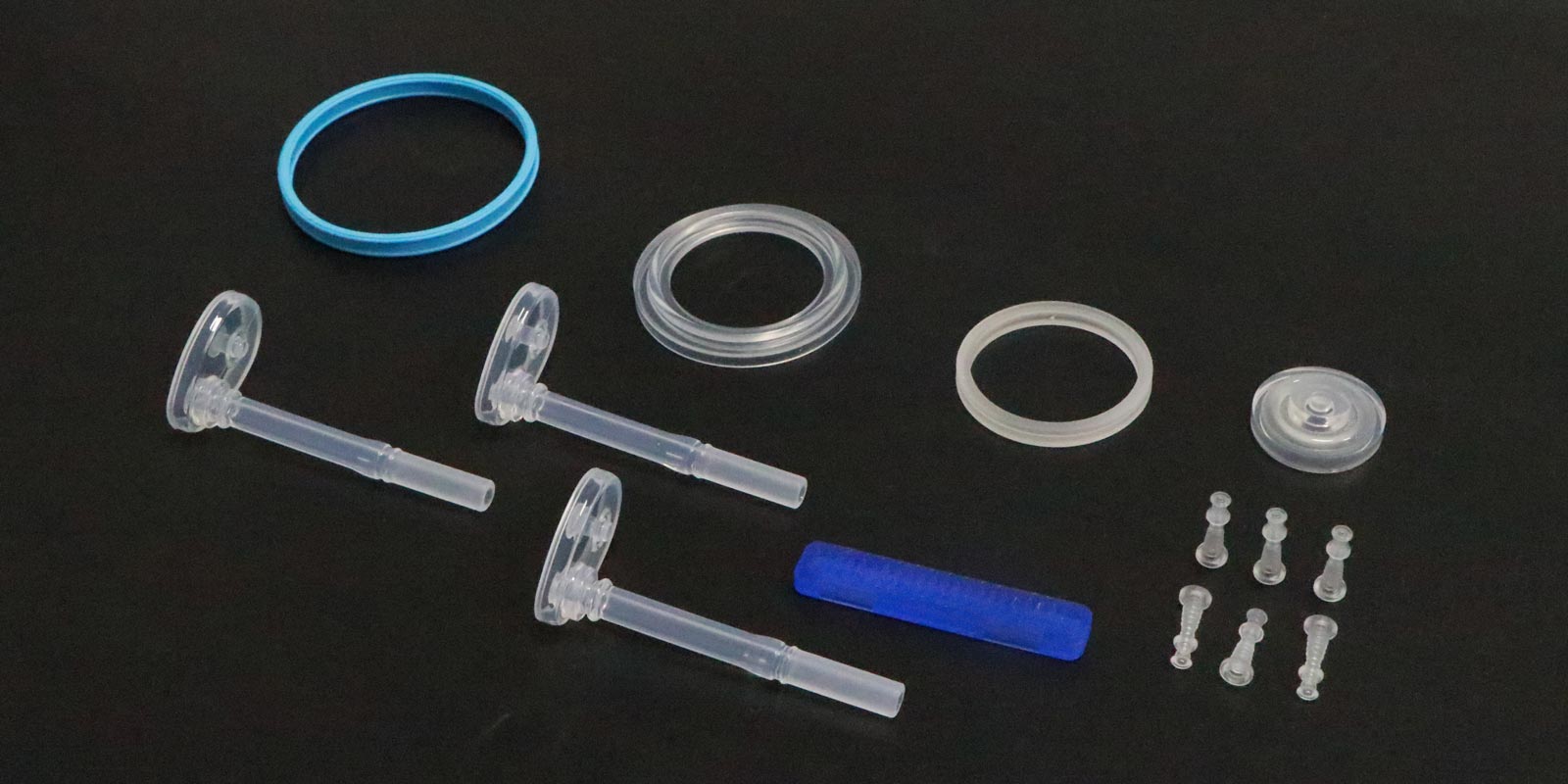
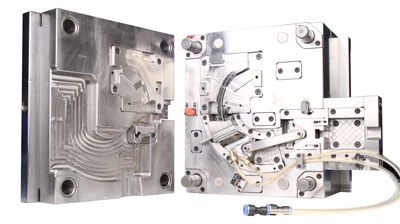
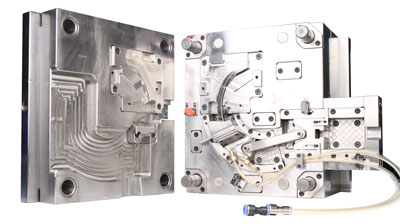
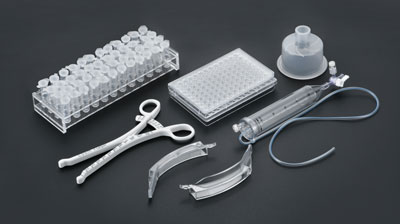
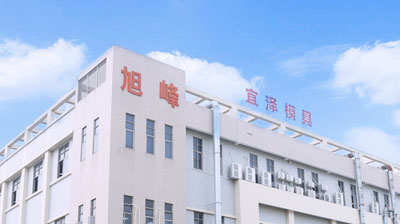







 Home
Home
